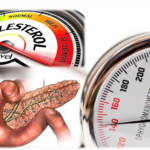The Hidden Cost of Beauty in Modern India
In India, the pursuit of fair skin is not just a trend, it is a cultural phenomenon woven into the fabric of society for centuries. While beauty standards have evolved over time, the desire for lighter skin has led millions to turn to skin-lightening products, with steroid-based creams among the most popular choices. Although these products promise quick, visible results, they often come with severe health risks that can have long-lasting effects on the skin and overall health.
Why the Obsession with Fair Skin?
 The preference for lighter skin in India is tied to social and historical influences. In ancient times, fair skin was often associated with higher social status and wealth, as it implied a life spent indoors, away from labor-intensive work in the sun. This preference was further reinforced during the colonial era, where fair-skinned rulers were perceived as authoritative and desirable. Fast forward to modern times, the media and advertising industries continue to propagate this ideal through Bollywood, social media, and advertisements that frequently showcase fair-skinned actors and models as symbols of beauty and success.
The preference for lighter skin in India is tied to social and historical influences. In ancient times, fair skin was often associated with higher social status and wealth, as it implied a life spent indoors, away from labor-intensive work in the sun. This preference was further reinforced during the colonial era, where fair-skinned rulers were perceived as authoritative and desirable. Fast forward to modern times, the media and advertising industries continue to propagate this ideal through Bollywood, social media, and advertisements that frequently showcase fair-skinned actors and models as symbols of beauty and success.
This societal bias has led to an enormous demand for skin-lightening products, particularly among women who may feel pressured to conform to these standards to improve social standing and self-confidence. However, in the pursuit of lighter skin, many consumers are unknowingly exposing themselves to the harmful effects of steroid-based beauty products.
What Are Steroid-Based Cosmetics, and Why Are They Harmful?
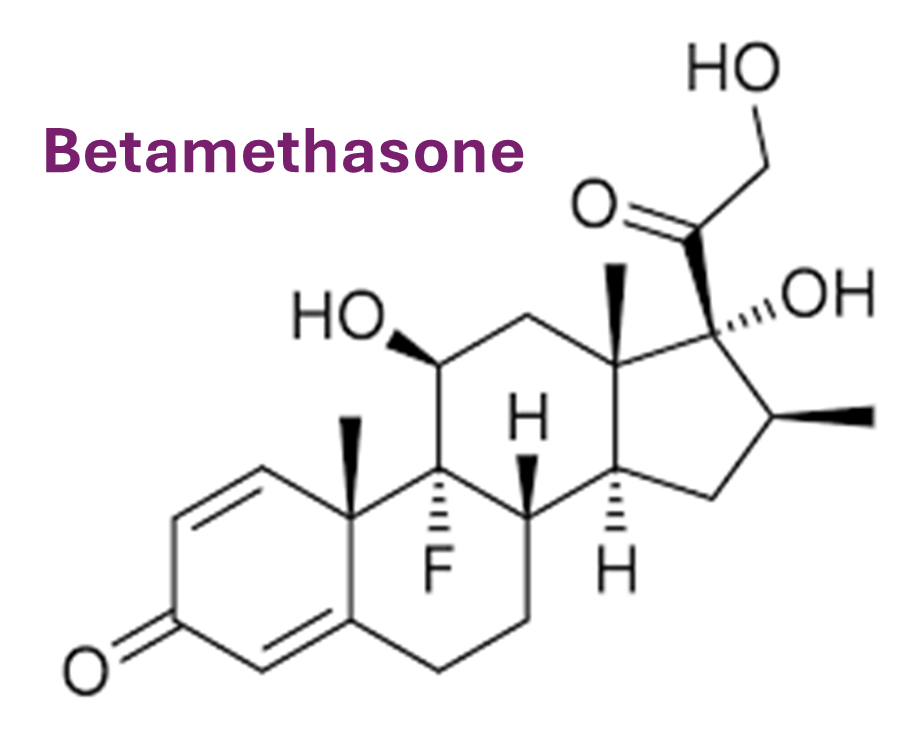
Steroids are potent compounds that work by suppressing the body’s immune response and reducing inflammation. Medically, they are used to treat skin conditions like eczema and psoriasis, where controlled steroid use can provide temporary relief from symptoms. However, in beauty products, steroids are often misused to achieve a smoother, lighter skin tone. The most common steroid found in these cosmetics is corticosteroid, particularly in the form of Betamethasone, which, when applied over time, leads to faster skin lightening by reducing melanin levels.
The problem is that these steroids are powerful drugs, and their effects on the skin go far beyond what most consumers realize. When used without a doctor’s guidance, steroids can wreak havoc on the skin and body, leading to conditions that are often difficult or even impossible to reverse.
The Dark Side of Steroid-Based Cosmetics
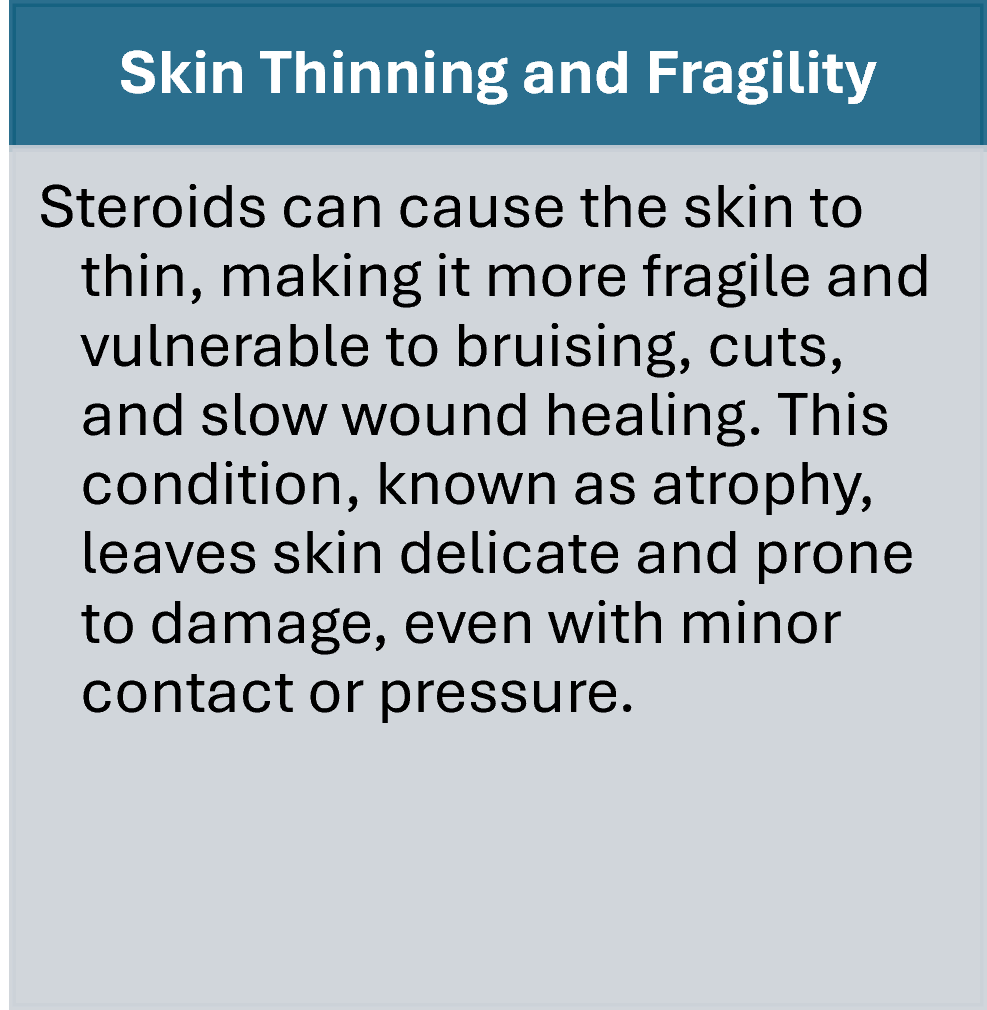
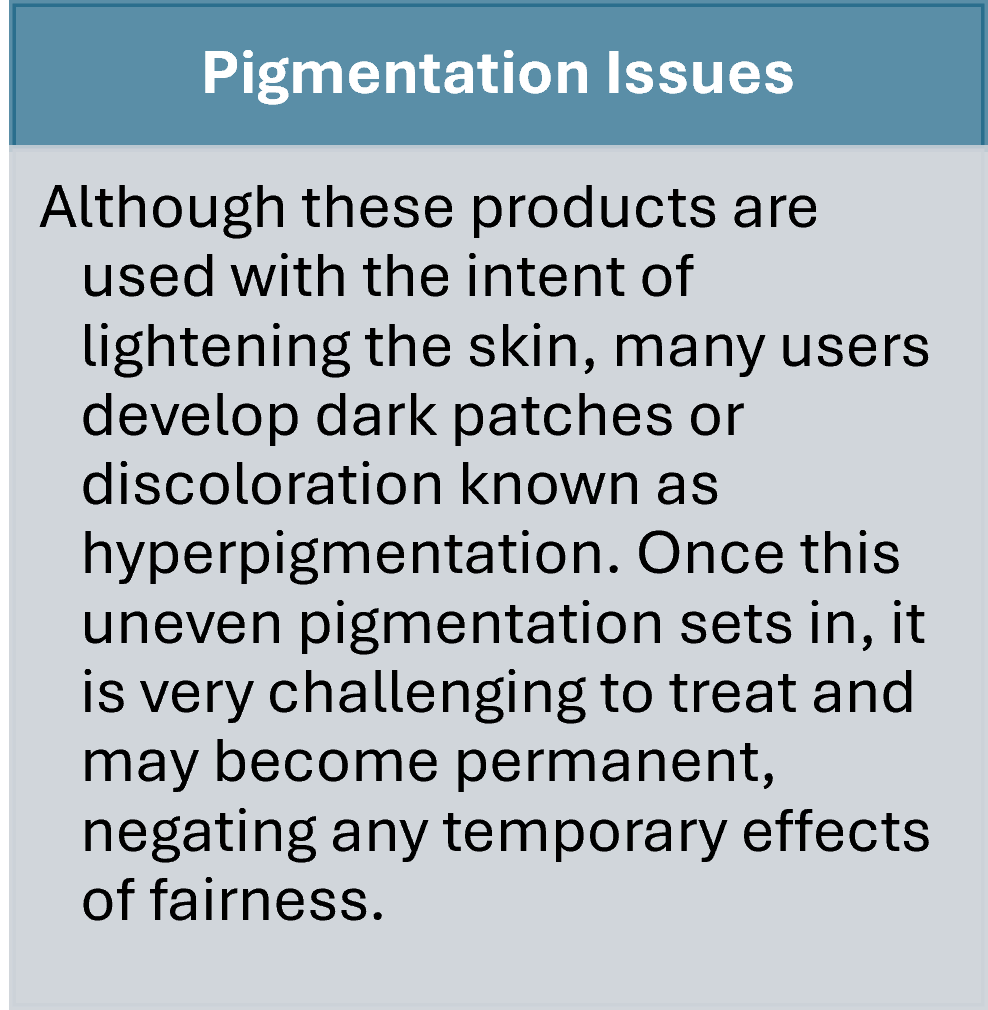
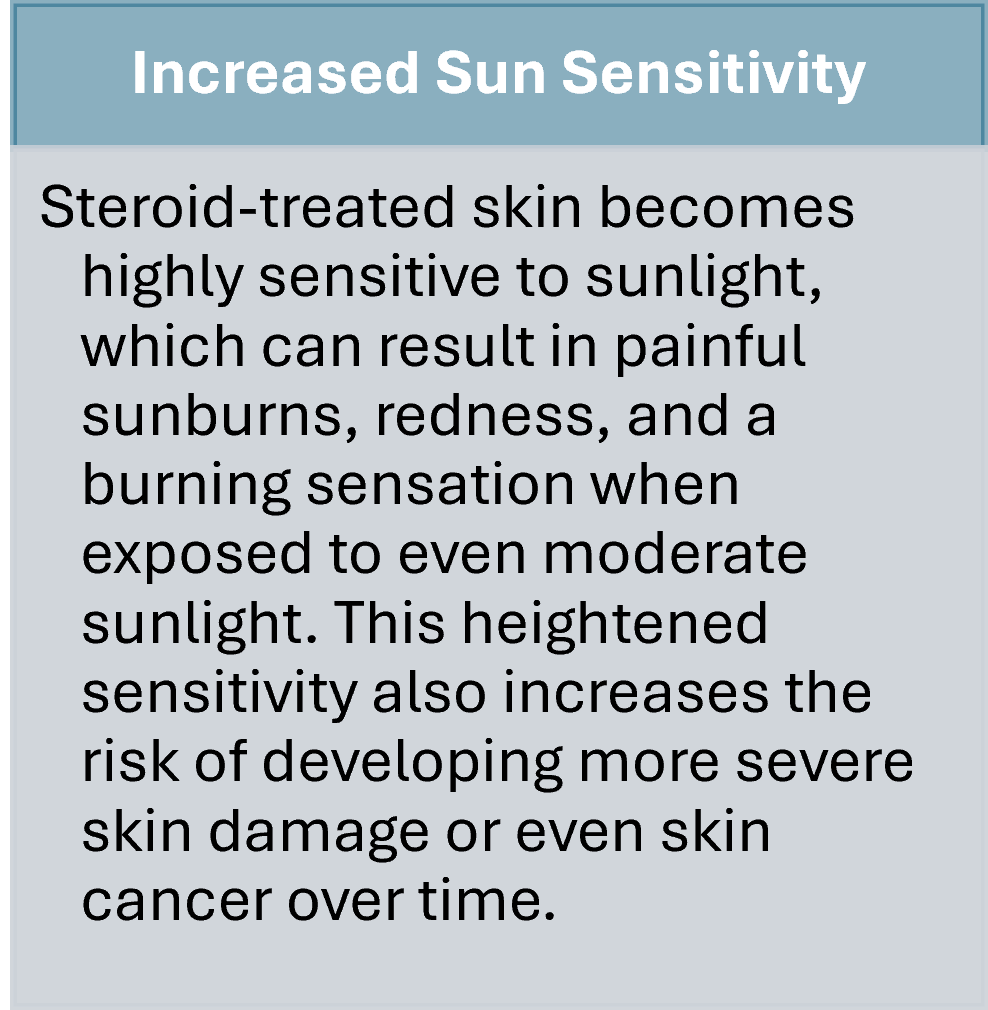
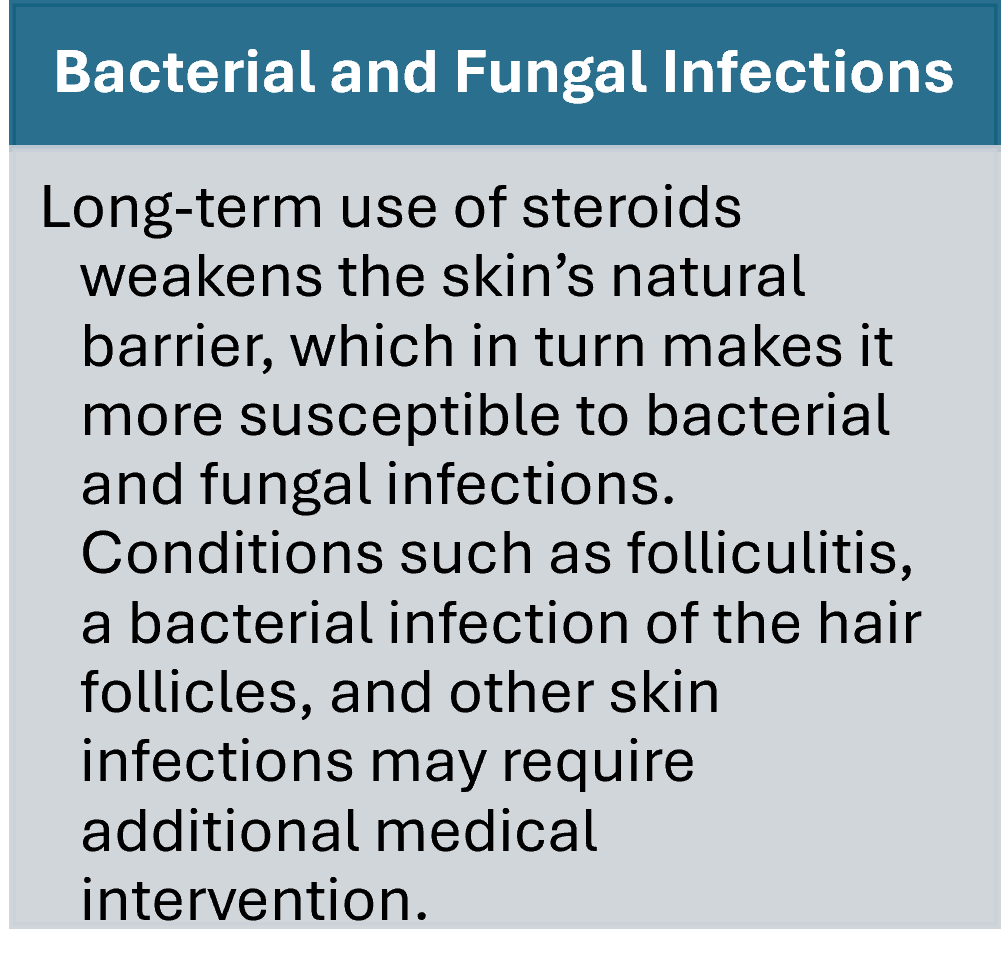
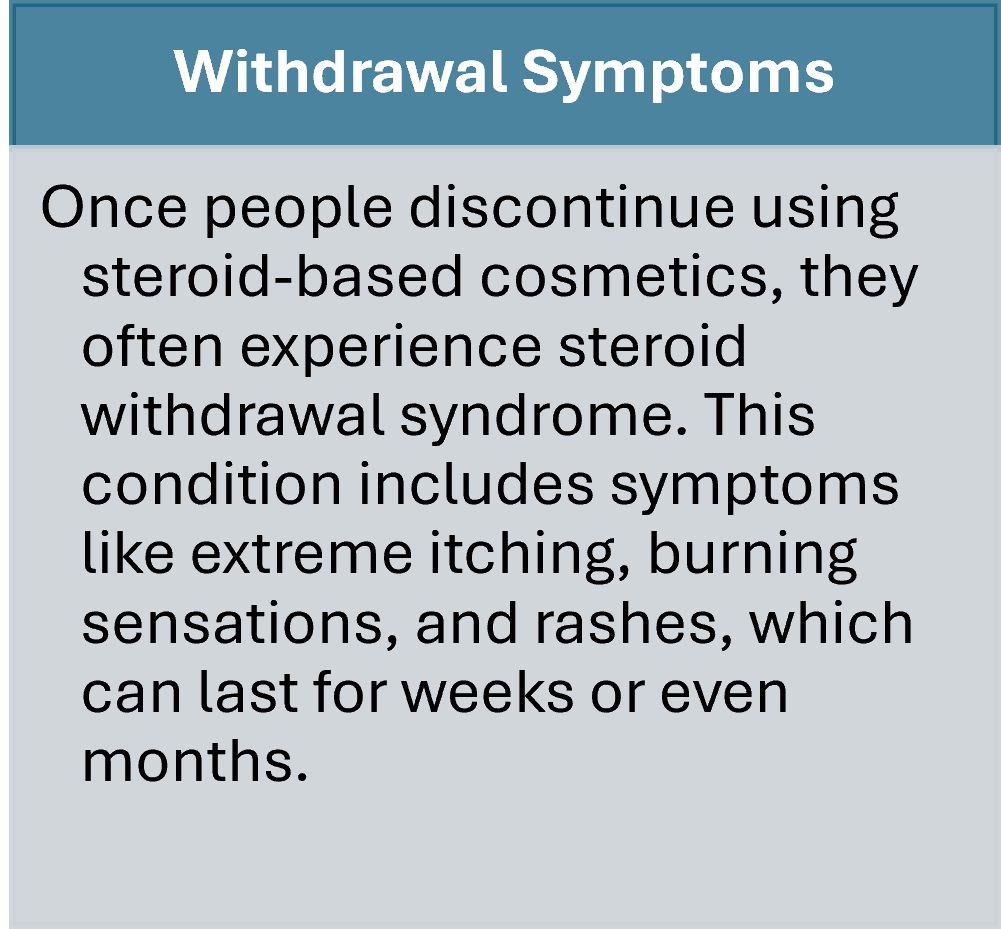
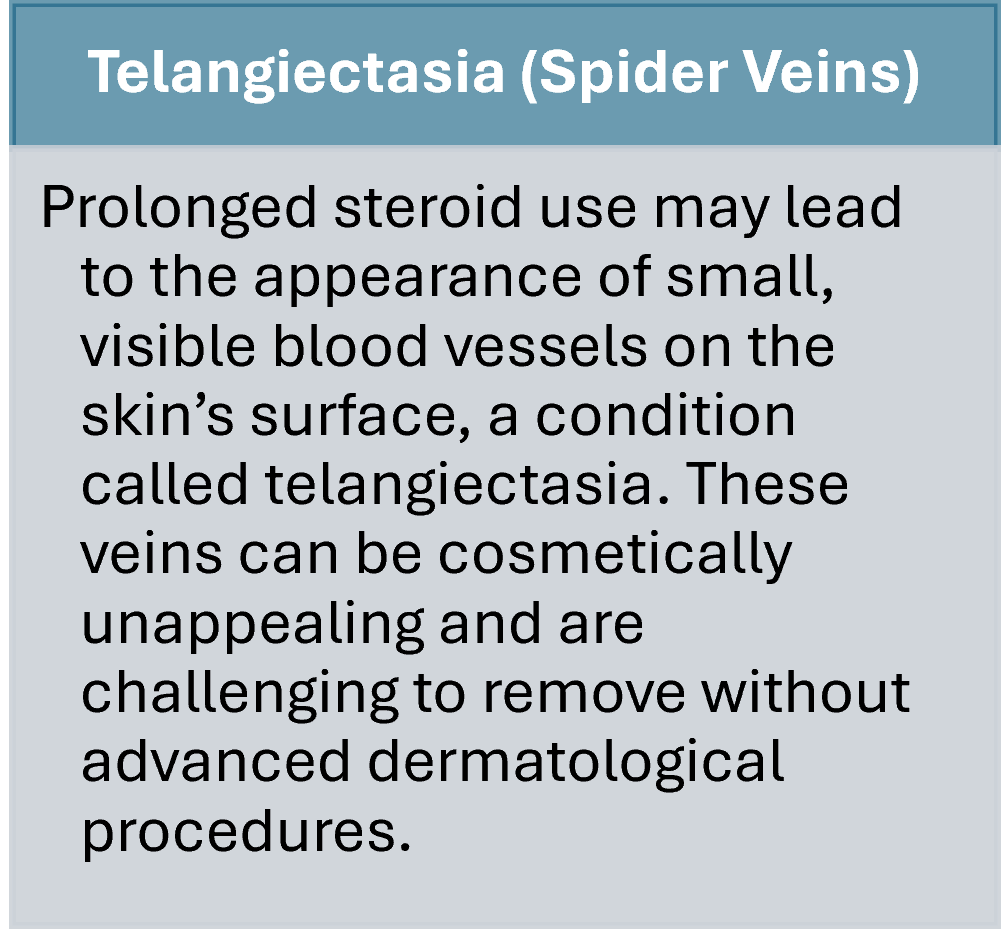
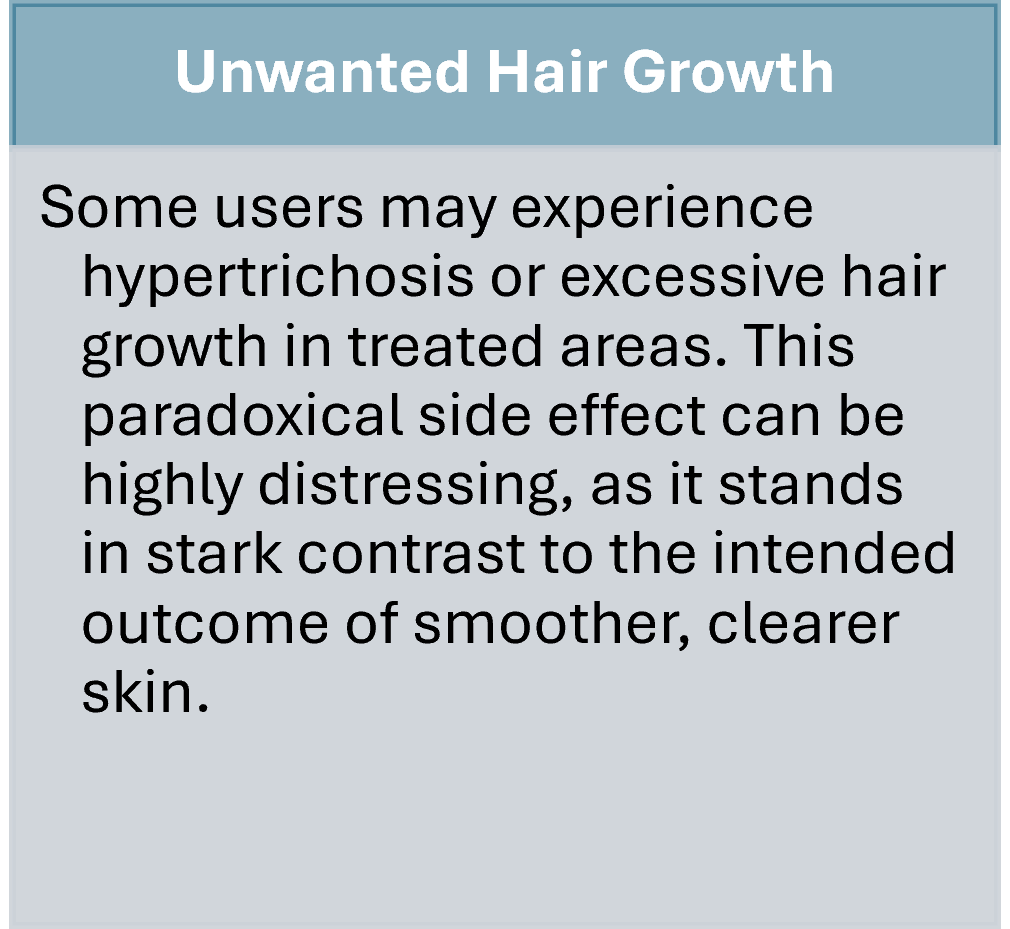
Understanding the Regulatory Gaps
The availability of steroid-based beauty products over-the-counter is a major reason for their widespread misuse. Although corticosteroids are categorized as Schedule H drugs under the Drugs and Cosmetics Act in India, which requires a prescription for purchase, they are often sold without prescriptions. As a result, consumers continue to use these products without proper guidance, unaware of the associated risks. Dermatologists and health experts have called for stricter regulation and enforcement to ensure that such products are only available through prescriptions and appropriate supervision.
Safer Alternatives to Steroid-Based Beauty Products
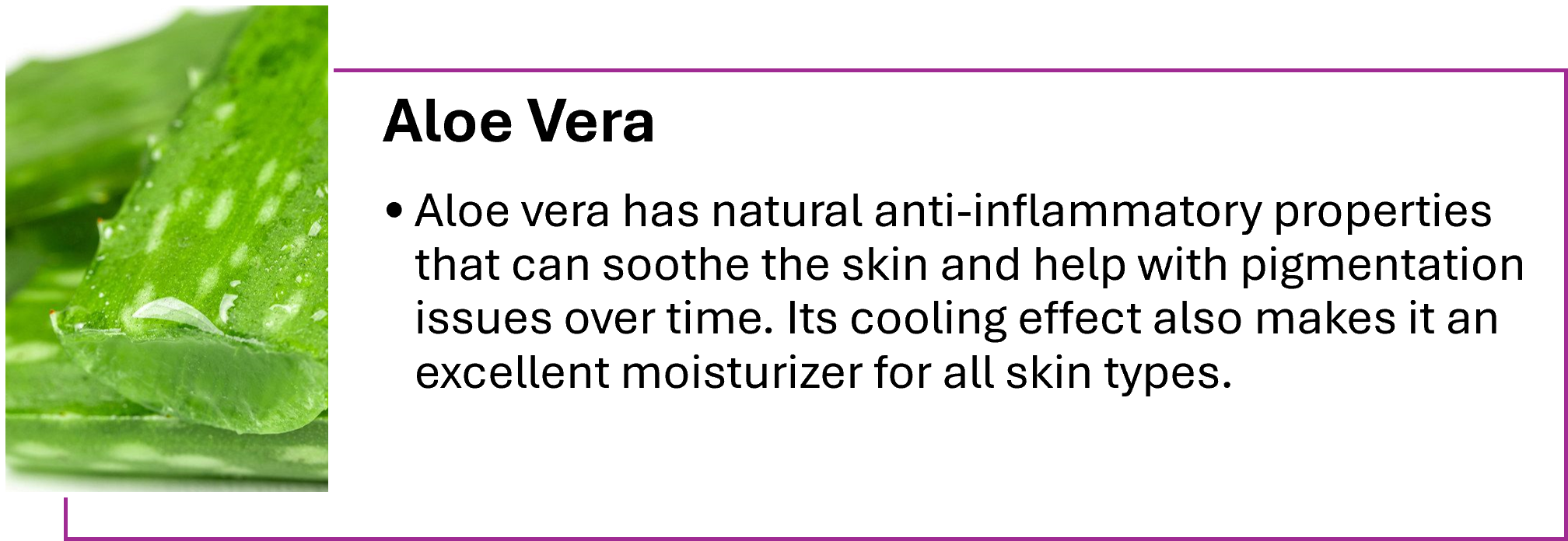
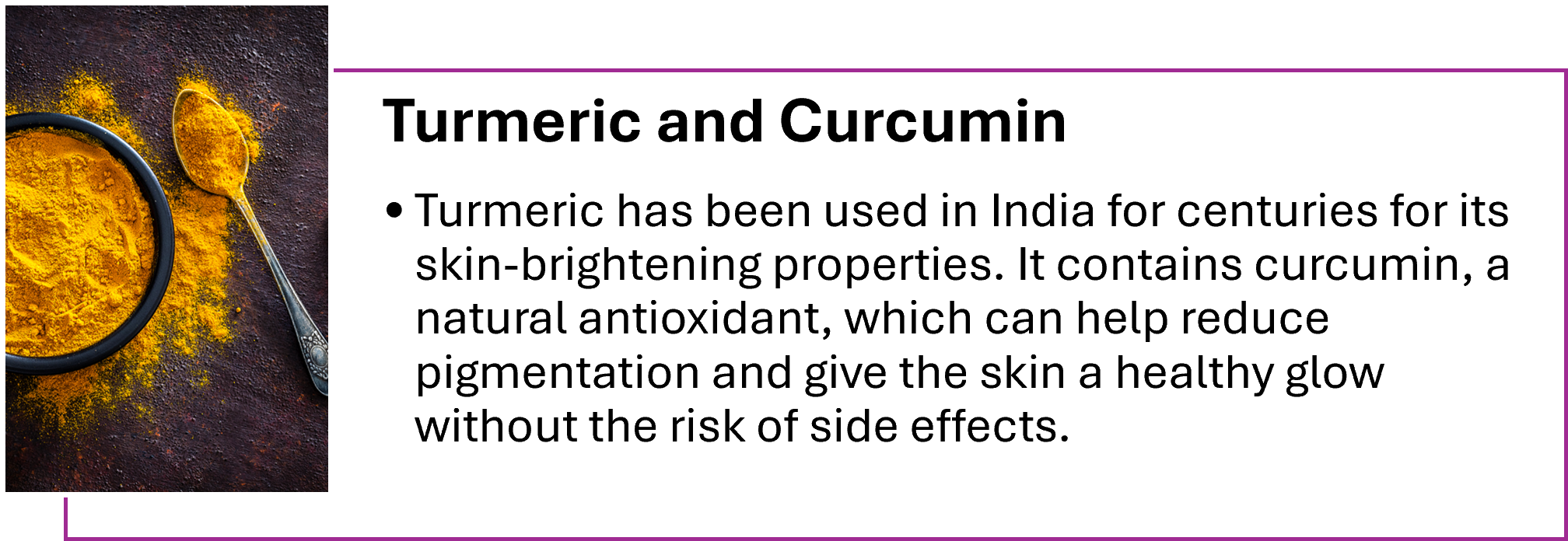
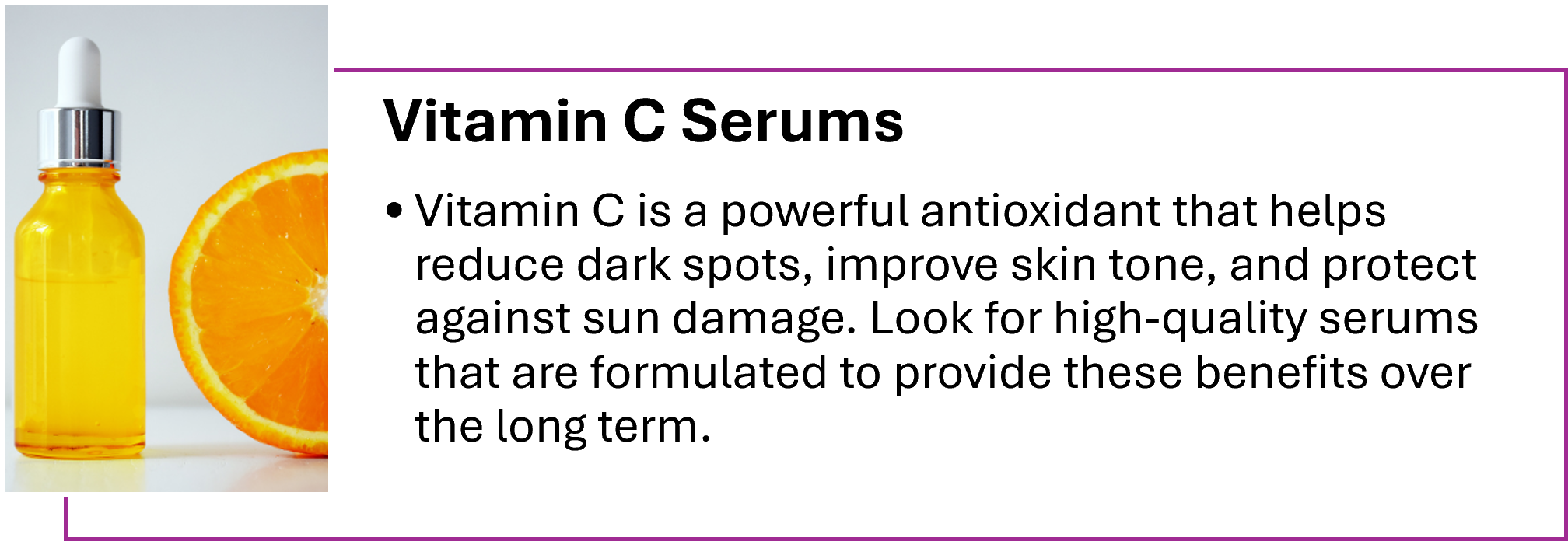
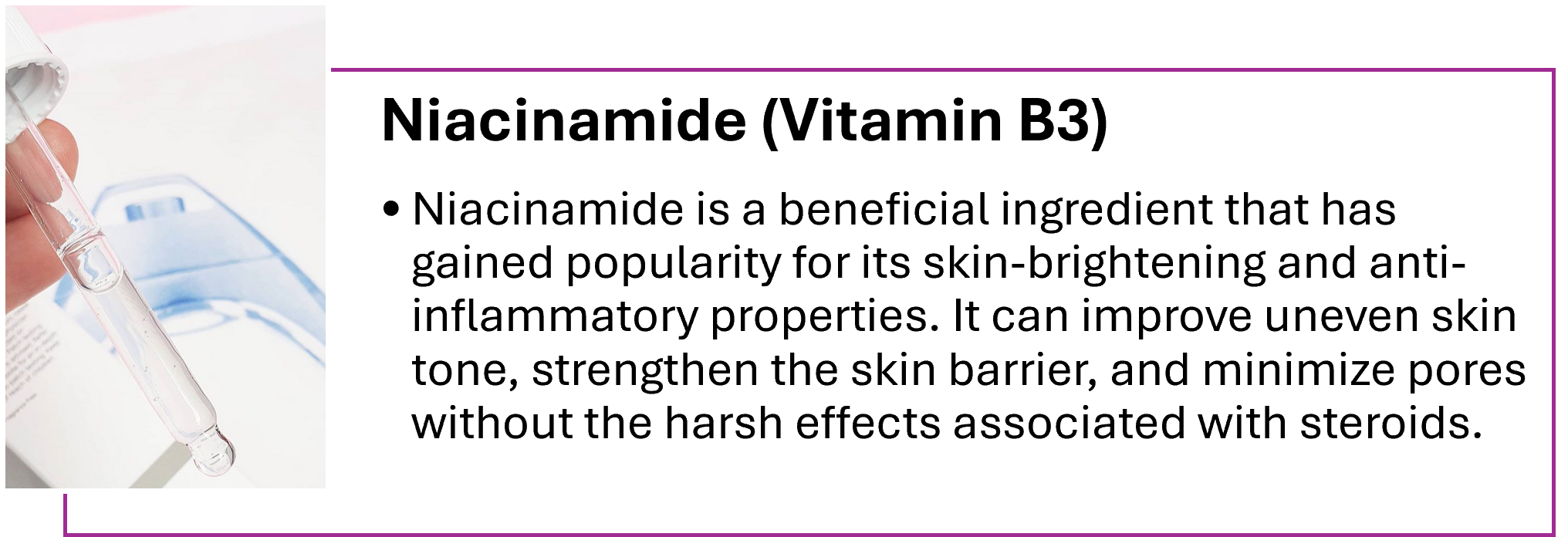
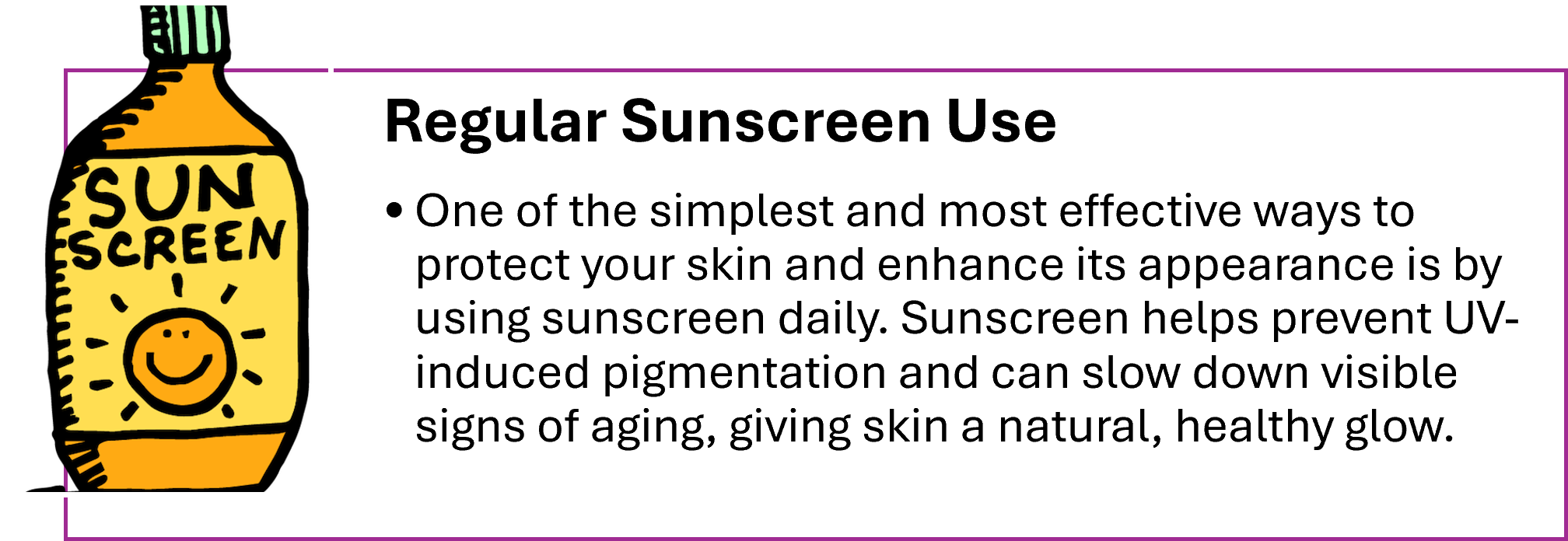
Embracing Healthier Beauty Choices
The desire for fair skin may be deeply ingrained in India’s cultural consciousness, but it is crucial to approach beauty with safety and awareness. Steroid-based cosmetics might offer quick results, but the risks they carry are too severe to ignore. Awareness about the potential dangers of these products can help individuals make informed choices, leading them to seek safer, non-steroidal alternatives that promote healthy, radiant skin. If you’re considering any skin-lightening product, always consult a dermatologist who can guide you toward a regimen that aligns with your skin’s health. Beauty is more than skin-deep and investing in healthy skin practices today will reward you with a lasting, confident glow.
References
- Coondoo A. Topical corticosteroid misuse: the Indian scenario. Indian J Dermatol. 2014;59(5):451-455.
- Beware: Indian skin creams contain high levels of steroids, Hindustan Times, 2015.


